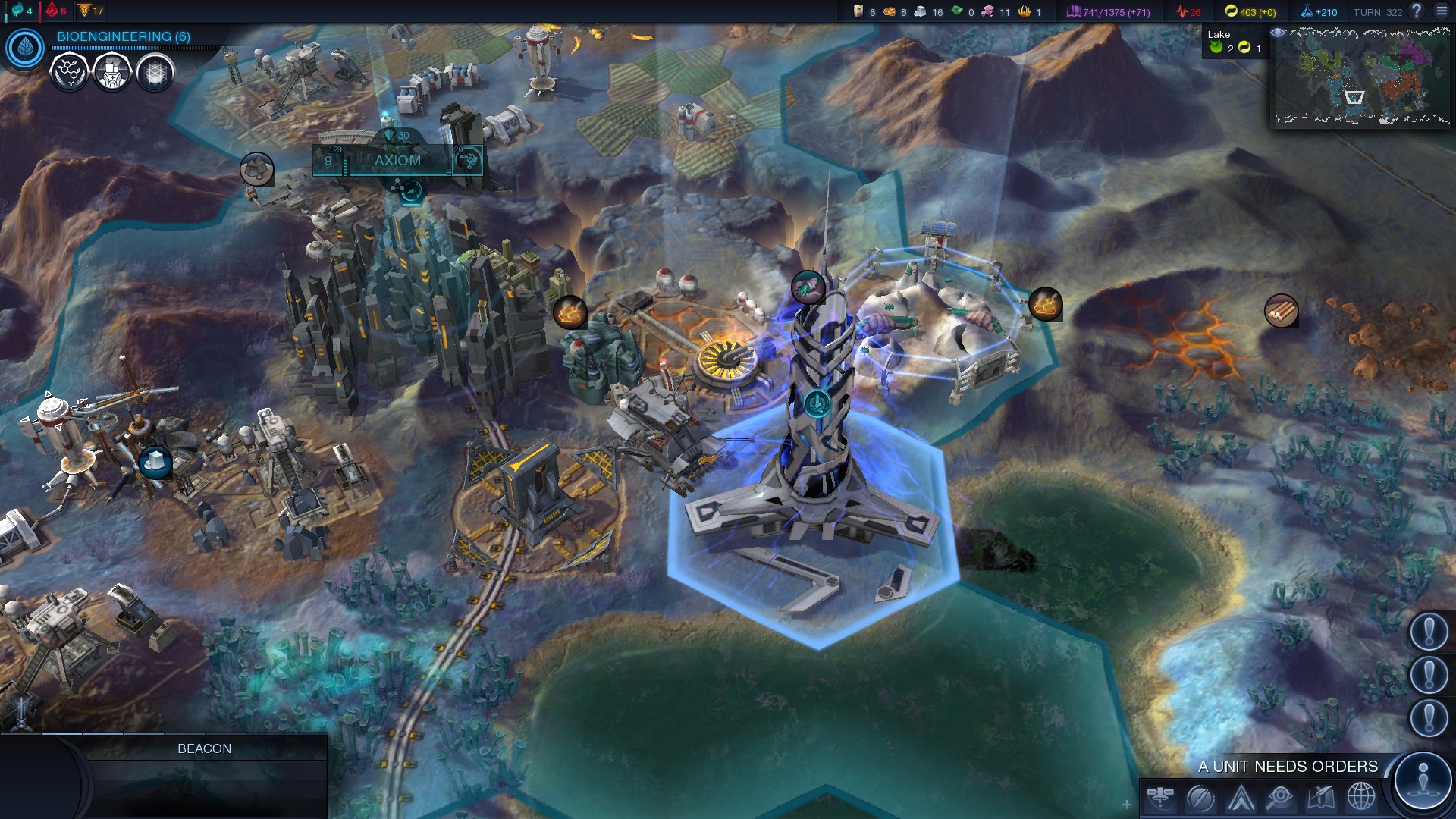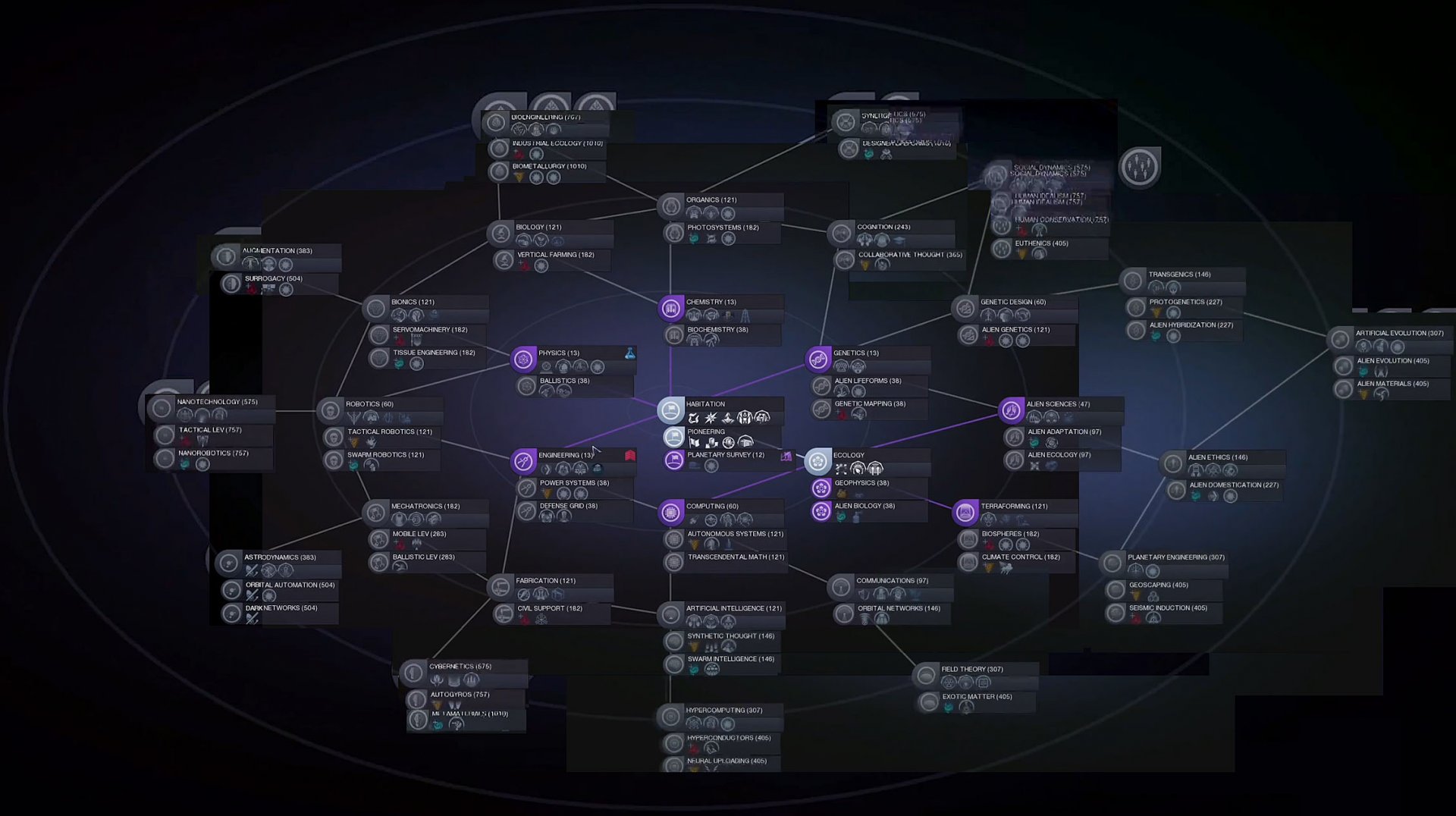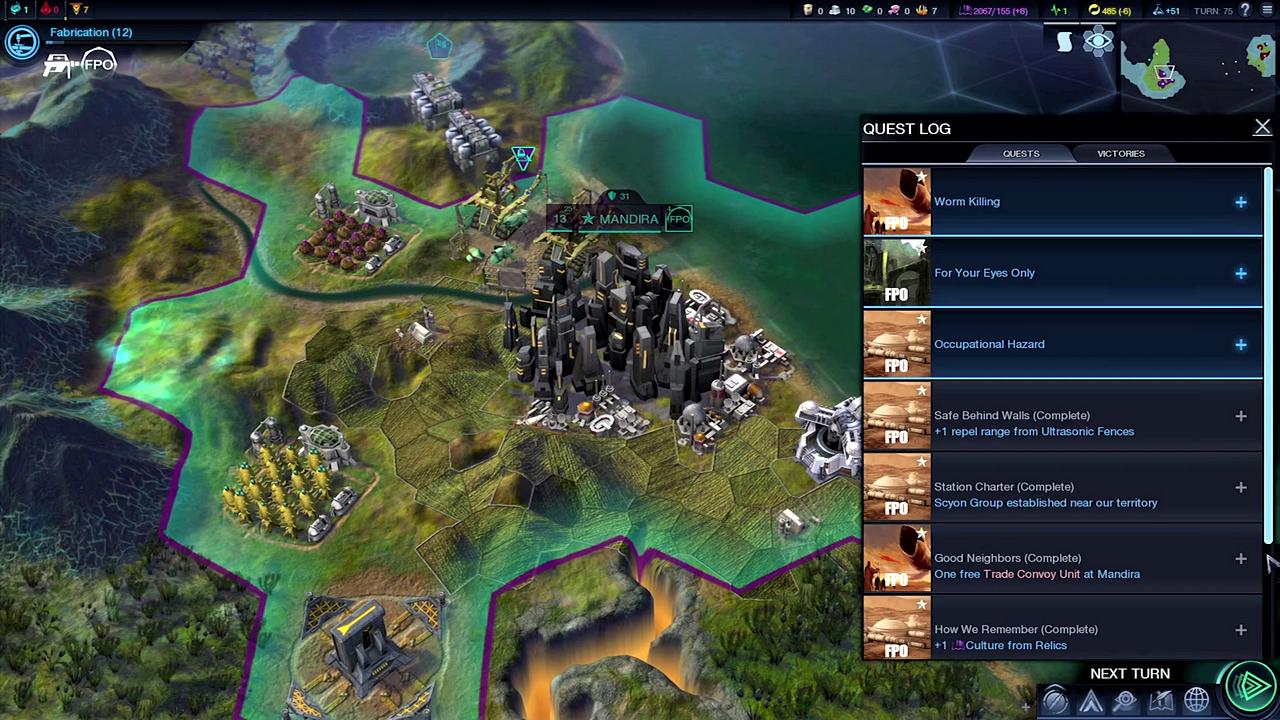
Setting up the game to play with your friends is, for the most part, a breeze. Once players have joined the lobby, further details of the game are established, such as teams, difficulty settings, number of players (between 2 and 8), and most importantly your starting colony. It is here that you are given your first glimpse at the wealth of choices available.
Four criteria must be chosen. The first choice, your sponsor, takes the place of choosing a standard true-to-history nation. Instead of singular countries, you must pick between the worldwide equivalents of the European Union; groups of countries allied together to create a governing body. Following sponsor selection are options to choose what your settlers specialize in, what type of vessel they used to make landfall, and what supplies they brought with them. Each of the “loadout” options feels fairly unique from the other, and makes pre-game strategy require a little forethought. Getting a multiplayer game to load, on the other hand, currently requires some sort of arcane ritual that I was unable to parse. In my experience, larger player counts led to a significant chance of being greeted by my old friend, the desktop wallpaper. Luckily, the crashes were not a complete constant. I was eventually able to play a four player co-op game successfully, though it took a few tries.
One of the largest complaints of prior Civilization games is a lack of deviation in the route a typical game takes from start to finish. Firaxis has proven their receptiveness to this criticism by making a bevy of changes to create more forks in the road. The first, and arguably most significant, introduction is the "Tech Web". Where prior Civilization games were tethered to historical timelines, meaning that one could not, for example, know how to refrigerate their Chinese leftovers without having some knowledge of biology, Beyond Earth is free of this bond.

At the beginning of the game, your infant settlement begins with the Habitation technology necessary to create an initial outpost. The options for what to research next stem outward in all directions, forming the branches of the web. Of course, there remain some technologies that follow logically from a predecessor. These are called "Leaf Technologies", and can only be researched once you have discovered their parent technology. The web’s construction means that you are very unlikely to discover more than one third of it over the course of a single game, adding significantly to the replayability value. In co-op, this adds a very intriguing aspect that was lacking from the "Tech Tree" of prior games. Instead of allied research simply speeding up your advancement, you and your teammates can now pick and choose separate edges of the web that you'd like to reach, adding an extra layer of strategy. Similar to prior entries, you can also research technologies at the same time, a viable option if your group wishes to reach the same edge of the web.

Your crew of intrepid Earthlings must also determine the ways in which they react to the potentially dangerous flora and fauna surrounding them. Will they attempt to ravage their new homeland for resources, further melding humanity and technology? Perhaps they will find the planet and its exotic life forms alluring and attempt to intertwine with it biologically. Maybe, though, they will be reminded of their task of finding a new home for their humanoid friends and remain staunchly independent of the planet, using its resources only as necessary.
Over the course of the game, these choices will affect your colonies both aesthetically and mechanically. Beyond Earth does a fantastic job of making each of these Affinities unique, meaning that games played in pursuit of the Harmony affinity will play significantly differently from those where Purity is chosen. From gaining the ability to heal in miasma (the planet's gaseous substance that harms your units) to creating gigantic Roman Legionnaire-esque robots (complete with gigantic banners), I found the benefits of each Affinity appealing and wanted to play more simply to experience their spin on gameplay.
Unit upgrades also stem from Affinity choice, which is a marked improvement on the standard upgrade path of units in other Civilizations. Upon advancement of their dominant Affinity, players are given a choice between two "perks". Some upgrade points contain perks that sound very beneficial and have the potential to alter the way you use the unit, while others make the choice fairly clear. Each unit’s upgrade path eventually branches further depending on their settlement's dominant Affinity, which has a much more substantial effect both visually and perk-wise.